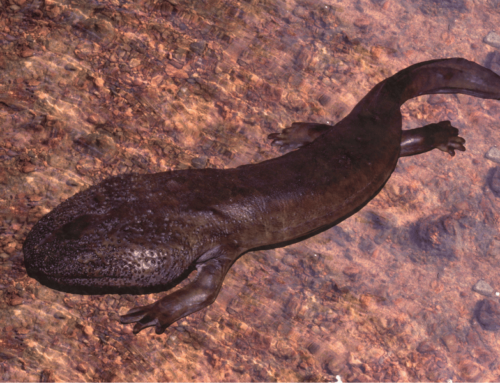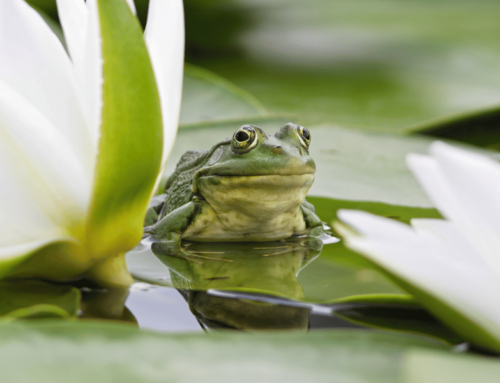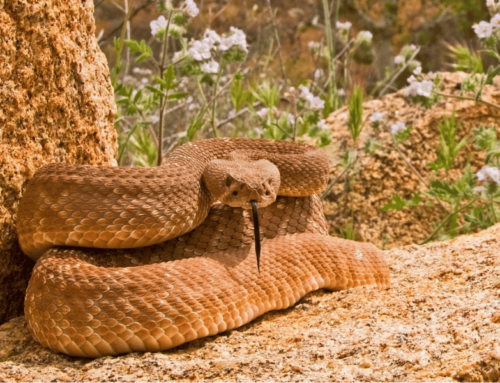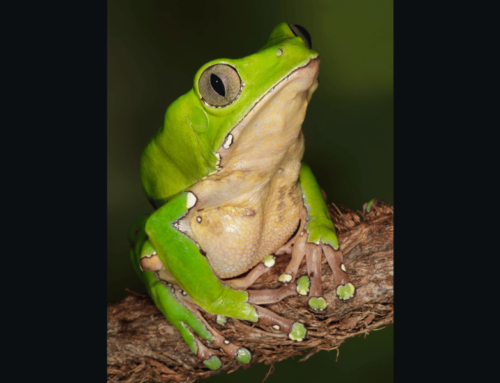
Herping in Florida is one of the greatest things one can do if you want to see cool reptiles. However, the Everglades is so hospitable to wildlife, that there are now lots of interesting reptiles you can see here, that are invasive.
Invasive species are a problem of course, but the one bright side to this, is it allows us to see exotic reptiles that we would need to travel to see otherwise. You can also seek them out to help catch and euthanize them if you are interested in helping conservation efforts.
This blog is all about herping in florida for 8 invasive species.
Herping in Florida for invasive species of the Everglades
Note: Do not approach wildlife unless you are experienced and knowledgeable enough to stay safe. Always consult a local expert before interacting with wildlife.
1. Burmese Python

Everyone saw this one coming! The Burmese python is arguably the most problematic invasive species in the entire state of Florida. It became established after a large snake breeding facility was destroyed by a hurricane. The Everglades turned out to be the perfect place for these snakes to become established.
It has reduced the populations of many native species by up to 90% in the Everglades, according to studies.
The Burmese python is the considered among the largest snakes in the world, with the largest individuals weighing over 200 pounds.
Seeing this snake in the Everglades will actually be more difficult that you’d think. Despite their enormous size, their colors allow them to camouflage into the Everglades easily.
The Burmese python is a good swimmer and can spend half an hour in the water. They are also good climbers, but will spend less and less time in the trees as they grow bigger. Therefore, if you’re looking for larger snakes only, it’s better to look for them on the ground or in the water.
They can be easily recognized by their enormous size but you should also get familiar with their color pattern from the above picture if you run into younger snakes.
2. Green Iguana

The green iguana has become established in the Everglades through the same route as escaped pets. Green iguanas have historically been one of the most popular lizards in the pet trade. Their population size notably increased in the aftermath of Hurricane Andrew, meaning that released pets contributed to their numbers.
They are primarily herbivores and can be seen in the Everglades feeding on the native plant life. They can also be seen here eating snails.
Green iguanas can get up to 5.6 feet (1.7 meters) in length and have a row of spines down their back.
When looking for them, remember that they are primarily green in color. This makes spotting them a challenge as they can adequately blend into the natural foliage. Look for them in trees during the day, as they are arboreal and diurnal.
Also, they are known for their burrowing. Look for large holes that iguanas may be using for shelter.
3. Tokay Gecko

This gecko is known for having a serious attitude. Those involved in the reptile pet hobby will tell you about how aggressive these lizards are. Thankfully, their presence in the Everglades hasn’t had an extreme impact the way that the Burmese python has.
Their name is an onomatopoeia of the call that males make. Differentiating them from other lizards is easy as their color pattern is unique. They have red spots on a grey body. Tokay geckos also have a cylindrical body shape. In length, they grow over a foot (30.5 centimeters) in length.
Tokay geckos were introduced to Florida to help control the cockroach population. Like all the other reptiles on this list, they found the Everglades as a home away from home and exploded in population size.
These geckos are nocturnal and arboreal. Seeing them at their most active will involve using a light to search through the trees for them after sunset.
4. Cuban Knight Anole

This lizard has been established in South Florida for decades. It’s the largest species of anole lizard in the world. How it became established isn’t certain, but they likely were introduced by boats from Cuba.
They are now becoming more popular in the reptile pet trade meaning they could become invasive in other parts of the world as well.
This is an arboreal species of anole but they spend a good amount of time on the ground as well. You can recognize them from other anoles by their size (20 inches or 51 centimeters). They are green over most of their bodies with a yellow strip on the sides of their heads. Like a chameleon, they are able to change color, so don’t think that they only present as green and yellow. Like other anoles, the males can be observed extending and retracting their dewlaps.
5. Nile Monitors

Here we have a very large species of lizard. The Nile monitor can reach up to 8 feet (2.4 meters) in length and are the longest lizard native to Africa. Like other invasive reptiles, these monitors are likely released pets. Other non-native monitor lizards can be encountered in south Florida but only the Nile monitor has an established population.
You can identify Nile monitors by their mix of black and yellow coloring.
Nile monitors are voracious egg eaters and pose a threat to native egg-laying animals.
These monitors are good swimmers, along with being good climbers. You should be on the lookout for them in almost any part of the Everglades ecosystem. They are diurnal and are frequently found near water.
6. Veiled Chameleon

The veiled chameleon is another interesting invasive lizard that can be found in the Everglades. Thankfully, this reptile has not been nearly as destructive as some of the other reptiles listed here. It’s the most popular chameleon in the pet trade, which is how they came to south Florida.
Veiled chameleons have a large and prominent casque on their heads. They have the typical chameleon look to them and most can easily identify them as a type of chameleon even if they don’t know which species. They stay small, not getting longer than 2 feet (61 centimeters) long. Often, they can be seen with yellow-colored bands on their bodies.
When looking for them, remember that they are arboreal, insectivores. As you probably already know, chameleons have the ability to change color. Overlooking a camouflaged veiled chameleon in the trees is likely if you don’t look closely.
7. Tegus

The tegus are a relative newcomer to the invasive reptiles of the Everglades. They have been seen in the Everglades in recent years. They are invasive in other parts of Florida but it looks like they aren’t fully established. Many wildlife biologists are expecting them to advance further into the marshlands in the coming years.
The number of tegus caught in the Everglades has been increasing over the past decade.
There are different types of tegus that are becoming established in the Everglades. The Argentine Black-and-White Tegu is established in areas adjacent to the Everglades. Also, the gold tegu has a breeding population in parts of Florida as well. Both of these tegus have been found in the Everglades.
One physical trait that can help you identify tegus in the wild is the thick jowls on the males. The females have streamlined jawlines. Tegus are large lizards that can reach up to 4.5 feet (140 centimeters).
Tegus are large and mostly terrestrial lizards. You aren’t likely to see them trying to climb up a tree. They can swim effectively. When herping in Florida for them, don’t bother looking in trees and be aware of their swimming ability.
8. Nile Crocodiles

This one isn’t a confirmed invasive species; however, these crocodiles have been spotted in the Everglades multiple times. Currently, there has not been any evidence of the Nile crocodile having a breeding population in south Florida. How they came to this state isn’t clear but they may be escapees from private owners.
To differentiate a Nile crocodile from the American alligator, pay attention to their teeth. Alligators will only have teeth on their upper jaw visible when their mouths are closed but crocodiles will have both upper and lower teeth visible.
Seeing a Nile crocodile in the Everglades is the only alternative to seeing them in their normal habitat in Africa. They are also the second largest living reptile on Earth, behind its cousin the saltwater crocodile.
Like most wildlife, if you happen to encounter a Nile crocodile in the Everglades, give it a good amount of space. Nile crocodiles naturally see humans as prey, unlike the American alligator and American crocodile.
Conclusion:
Although, invasive species are definitely a problem and should be combatted, they can present us the opportunity to see reptiles in the wild that we otherwise wouldn’t be able to without traveling. Conservationists also encourage the capturing and euthanizing of these invasive species as well.
When you go to the Everglades and see any of these invasive reptiles, you can inform the local authorities, who can remove the animal.






A fascinating discussion is definitely worth comment. I do think that you should publish
more about this subject matter, it may not be a taboo matter but generally folks don’t speak about these issues.
To the next! Kind regards!!